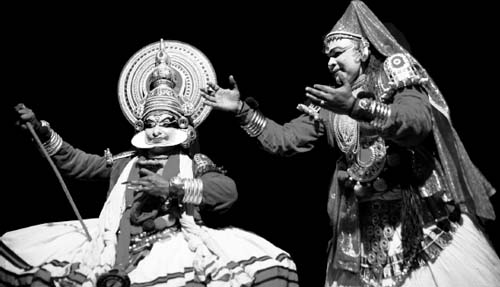HinduismHistory and Sources |
How did Hinduism become a religion of the masses? |
For as long as several millennia, earlier forms of the greater Hinduism apparently limited direct involvement in religious ritual to a kind of religious elite. Full participation was open for many centuries only to the various ranks of priestly ritual specialists. Even after the climate began to change in the Upanishadic period, religion remained the province of professionally religious types who wrote the Upanishads, as well as independent-minded seekers who founded the early ascetic and philosophical movements. With the growth of mythic religious texts, called the Puranas, came parallel developments in a type of devotional theism called bhakti that no longer regarded the ultimate spiritual forces as fearsome and impersonal. Nor was spiritual realization reserved only for the few who had access to the lofty speculation of the Upanishads and the teachers. The Puranas talked of divine involvement in human affairs in ways that appealed to the imagination of ordinary people. Eighteen major Puranas, six dedicated to each of the three principal popular names and forms of God (Shiva, Vishnu, and the Goddess or Shakti), opened up a world in which the humblest person could approach God and be assured of acceptance. Out of that broader movement have grown the many denominations and sects that comprise popular Hinduism today. Major sub-communities are named for the principal deities they worship: devotees of Shiva are called Shaivas; devotees of Vishnu, Vaishnavas; and devotees of the female deities, Shaktas.

A performance of “Nakrathundi,” which is based on the Puranas and other ancient literature. Jayantha, son of the deity Indra, is depicted at left. (Zzvet / Shutterstock.com.)
